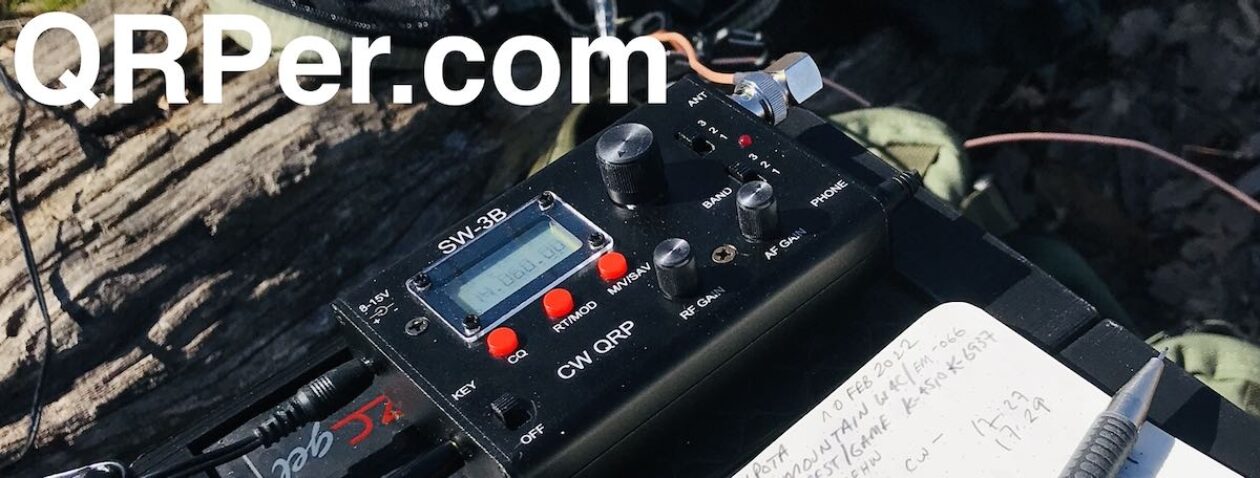I’ve received numerous questions from readers and viewers about the computer I use for logging POTA contacts in the field and realize that I have neglected to highlight it even though it’s an integral part of my field kit when space allows.
The Microsoft Surface Go
The Surface Go is essentially a touch-screen Windows 10 tablet with a magnetically-attached keyboard (typically sold separately). It has a fold-out back stand and when the keyboard cover is closed, it stores flat (and is incredibly thin).
In short: I absolutely love the Surface Go and it is an example of the one time when an impulse purchase actually paid off!
In 2019, on the way back from the Huntsville Hamfest, I stopped by the Unclaimed Baggage Center in Scottsboro, Alabama. This center has a wide variety of used portable electronics at discount prices. I felt pretty lucky when I discovered a like-new condition Microsoft Surface Go tablet and keyboard with original charger for $190.
The catch? This unit (like all of their units) was used, had no documented user history, and I had no idea if it would be noisy (in terms of RFI/QRM) when paired with or near my radios.
Another issue was that the only data port on the tablet is a USB-C. But I grabbed a small USB-C to standard USB 3.0 dongle (for $2!) and took a risk that it would work with my portable SDR receivers and transceivers. In short: it did.
One huge bonus? The Surface Go has a dedicated power port. So many other tablet options do not as they’ll use their one data port for both power and data.
I immediately ordered a DC power cable with a standard car lighter plug. In the field, I can hook the Surface Go up to my LiFePo4 battery and power it for ages. Even a modest solar panel will also charge it in short order.

While this Surface Go is no CPU powerhouse (I’m guessing mine is a first generation–there are faster generations available) it’s fast enough to run my logging software–N3FJP’s Amateur Contact Log–and to even make spectrum recordings with my SDRs up to 2 MHz in bandwidth without stuttering.
The only noise it seems to inject into the mix is a little RFI when I touch the trackpad on the attached keyboard and this is typically only centered around the 20 meter band. That can often be solved by simply moving the tablet further away from the radio or using the touch screen rather than the trackpad.
The Surface Go has ample horsepower to run applications like WSJT-X flawlessly and, as I mentioned, I’ve even made numerous spectrum recordings which is much more demanding on CPU resources. Indeed, I even wrote a piece about portable SDR DXing with the Surface Go for The Spectrum Monitor magazine–click here to read the full article on the SWLing Post.
I recently paired the Surface Go with my IC-705 and made FT8 contacts confirming that it’ll make for a simple digital mode setup in the field.
I love the Surface Go and will plan to purchase another when this one eventually dies. I’ve found it much more useful than my iPad, Android tablet, or even a full sized laptop. When I’m back to doing ultralight one-bag air travel, the Surface Go will be my travel PC as well.
Where to buy?
Of course, you can find the latest releases of Surface Go at retailers like Amazon.com (affiliate link), or any big box electronics retailer.
If you’re willing to take your chances on a used one, like me, you might check out eBay.com or better yet, Swappa.
Of course, if you can make a detour to Scottsboro, Alabama, check out the Unclaimed Baggage Center!



